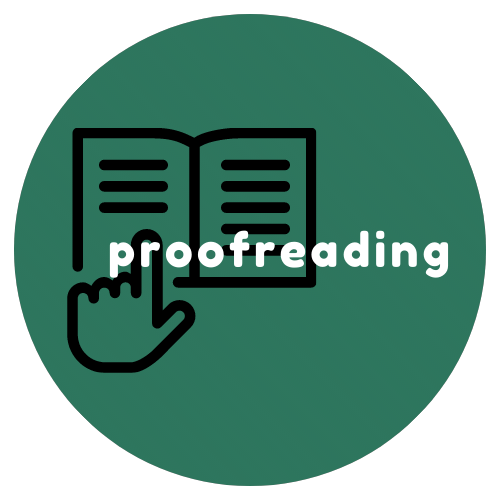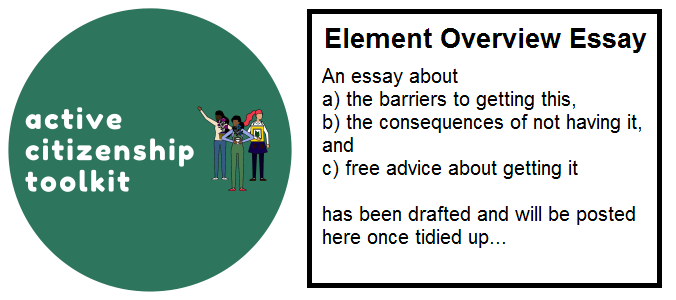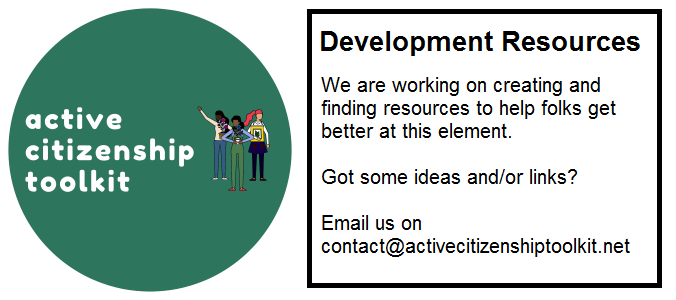Element Descriptor

Appearances do matter when it comes to text-based content. Sloppy and mistake-strewn work creates the impression of a sloppy and disorganised group, causing readers who would otherwise engage to turn off. More importantly still, groups reporting on complex problems and policies need to convey their points clearly to a wide range of audiences. This includes those less familiar with the detail, or approaching the matter from a different perspective to their own. Interventions into sensitive or high-risk areas also need to keep a keen eye on tone, but that is more about copy editing...
Level descriptors
| Novice | Practitioner | Expert | Ninja |
|---|---|---|---|
| Happy checking near-final versions of text for typographical errors – and picks these up in almost all instances. Does not make major changes to the text, and the role is more proofreading than copy-editing proper. | Corrects grammar and spelling, as well typographical errors in texts, including those for a wider external audience or material that may be widely shared. With reference to a style guide (or equivalent note from authors), ensures that the text is in line with the desired tone. Makes basic changes to improve the overall readability. More of a copy-editor than a proofreader, they may look out for potential legal problems. | Undertakes substantial reviews of content, ensuring clarity, coherence and logical flow for a wide range of texts. With little explanation from the primary author, they will fine-tune the structure, tone and voice. Picks up almost all SPAG and typographical errors but also checks facts. | You can do all the things an export can do, only more quicker, and with moor panache |
Element Overview Essay

Development Resources

Assessment Resources

